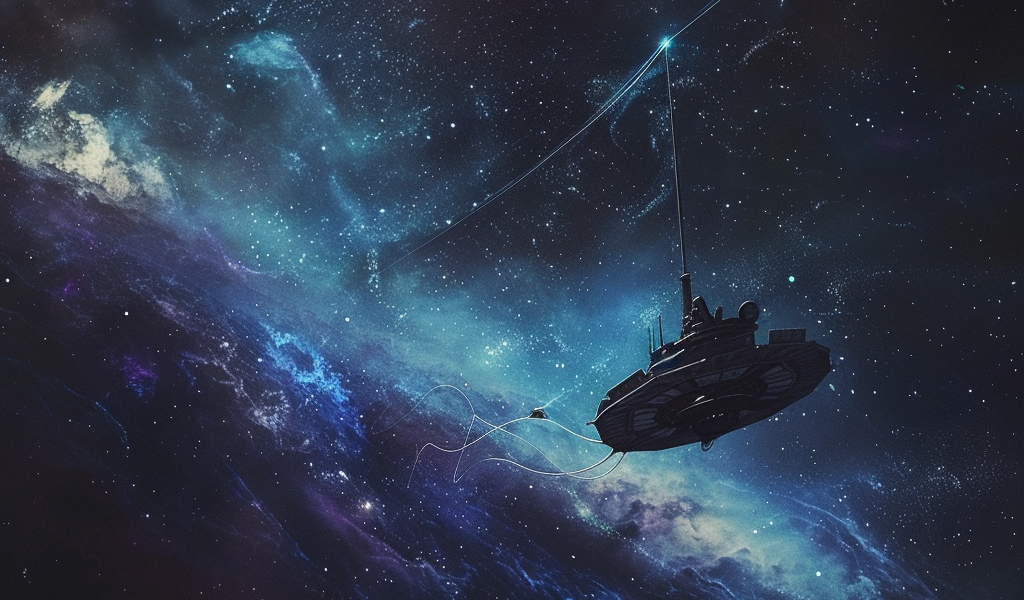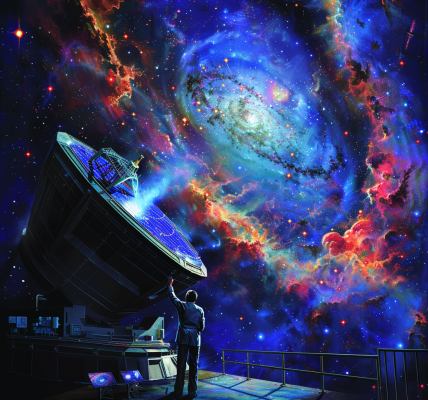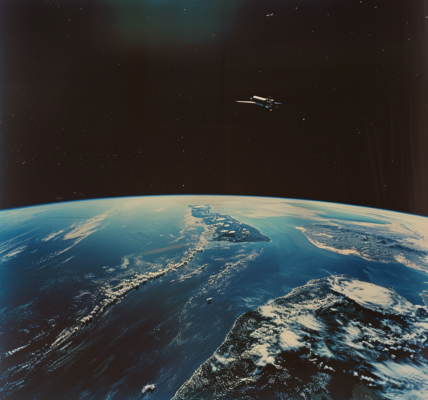Voyager 1 Reestablishes Communication After Blackout, Continues Interstellar Exploration
The Voyager 1 spacecraft, a remarkable feat of engineering launched by NASA in September 1977, has recently reestablished communication with mission control after experiencing a technical issue that led to a significant communications blackout. This historic spacecraft, now 47 years old, is currently located in interstellar space, approximately 15 billion miles (24 billion kilometers) from Earth.
After days of silence, the Voyager team successfully activated a backup radio transmitter that had not been used since 1981. This strategic move is crucial as engineers work diligently to diagnose the cause of the communication disruption. The team has been gradually shutting down non-essential systems on Voyager 1 to conserve power, enabling the probe to continue relaying invaluable scientific data from the far reaches of our solar system.
Voyager 1’s journey has been nothing short of extraordinary. It was the first spacecraft to enter interstellar space, crossing the heliopause—the boundary where the Sun’s solar wind is stopped by the interstellar medium—in 2012. Since then, it has been providing scientists with unprecedented insights into the nature of space beyond our solar system.
The spacecraft is equipped with a suite of scientific instruments that measure cosmic rays, magnetic fields, and plasma waves, among other phenomena. Its longevity and ability to function in such extreme conditions is a testament to the ingenuity of NASA’s engineers and scientists.
Despite its age, Voyager 1 continues to send back data that enhances our understanding of the universe. The team at NASA has been proactive in managing the spacecraft’s systems, making adjustments to ensure it can operate as long as possible. This includes the careful monitoring of power levels and the strategic deactivation of non-essential instruments to extend its operational life.
Currently, Voyager 1 is in a phase of its mission where it is exploring the interstellar medium, providing vital information about the environment that exists beyond the influence of our Sun. The data collected by Voyager is helping scientists learn more about cosmic rays and the structure of the interstellar medium, which is crucial for understanding the galaxy’s composition and behavior.
The recent communications issue serves as a reminder of the challenges faced by missions that venture far beyond the reach of direct support from Earth. Engineers and scientists must rely on their expertise and creativity to troubleshoot problems that arise with aging technology. The successful reactivation of the backup transmitter is a significant achievement, showcasing the team’s commitment to maintaining contact with this iconic spacecraft.
As Voyager 1 continues its journey, it is also a symbol of human curiosity and exploration. The mission has provided a wealth of information about the outer planets, including Jupiter and Saturn, as well as their moons. The famous ‘Pale Blue Dot’ photograph, taken by Voyager 1 in 1990, remains one of the most profound images ever captured, reminding humanity of our place in the universe.
Looking ahead, the Voyager team remains optimistic about the spacecraft’s future. With careful management and innovative problem-solving, they hope to keep Voyager 1 operational for as long as possible. Each piece of data transmitted back to Earth is a valuable contribution to our understanding of the cosmos.
In the coming months, the team will continue to analyze the situation and implement strategies to ensure Voyager 1’s longevity. The mission exemplifies the spirit of exploration and the relentless pursuit of knowledge that defines NASA’s work.
As Voyager 1 sails through the vastness of space, it serves as a reminder of the incredible achievements of space exploration and the importance of continuing to push the boundaries of our knowledge. The mission not only reflects humanity’s quest to understand the universe but also highlights the remarkable engineering that allows us to communicate with a spacecraft located billions of miles away.
The legacy of the Voyager missions will undoubtedly continue to inspire future generations of scientists, engineers, and explorers. As we look to the stars, the stories of Voyager 1 and its twin, Voyager 2, will remain etched in the annals of space exploration history.





